Take control of the basic concepts
Foresight uses various different concepts, the meaning of which varies slightly based on the school of thought and context. Here are five concepts offering different approaches to the future.
- Trend – A direction of development, a description of change. Trend indicates the direction of current change.
- Megatrend – A broad, major shift in the direction of development consisting of various phenomena. Megatrend describes a societal change that often takes place on a global level.
- Future vision – A description of the possible future. Future visions outline and illustrate various future possibilities.
- Vision – A description of the desired future. Vision depicts the operator’s aspirations and requires action to achieve the world it describes.
- A weak signal – An indication of an emerging issue or an early sign of a change that may be meaningful in the future. A weak signal is a sign of a new thing or a new element of an old one. Surprising to its interpreter, it forces one to challenge present assumptions, which is why it is often difficult to notice and easy to overlook. A weak signal describes things that can have an effect in the future but are not yet significant, requiring time to mature.
To put it simply, one can say that trends describe current paths of development, weak signals indicate indistinct paths of development and a vision describes the desired future image and how people react to trends and weak signals. You can find more terminology, for example, at Learning materials for future research (link in Finnish).
Take advantage of existing future-related information
A lot of foresight work takes place in Finland and elsewhere in the world. You don’t have to start from scratch, as there is plenty of future-related information available. Sitra’s megatrends and the Finnish Government’s common nominators of change (link in Finnish) compile central paths of change that are essential to Finland. Various operators make their own trend lists, such as the one at the end of this blog (link in Finnish). Many think tanks, such as The UK innovation foundation NESTA and the California-based Institute for the Future (IFTF) publish future-related information on different topics. The signals of change are mapped out, for instance, by The Future Centre and Future Agenda.
A lot of information is also available on the foresight process. There is a cornucopia of foresight methods, and choosing the suitable one depends on the objective, the resources and the context. Assistance in selecting the right method can be found in the more general frameworks that describe the progress of the foresight process and help in choosing the appropriate method for each step.
The future maker’s toolbox (link in Finnish) offers one entity especially directed at constructing a societal vision. Other frameworks are offered by, for instance:
- Sohail Inayatullah’s Six Pillars
- Andy Hines and Peter Bishop’s Thinking futures framework
- Wendy Schultz’s Assembling a Futures/Foresight Toolkit
Various foresight manuals and descriptions of foresight methods have also been compiled:
- From signals to stories of the future: a short handbook to foresight (link in Finnish)
- Introduction to Strategic Foresight
- Policy Horizons Canada’s Foresight Training Manual
- UK Government Office for Science: The Futures Toolkit
- Learning materials for future research (link in Finnish)
- Future day aimed at schools (in Finnish) and Teach the Future’s Futures playbook
Make the future together
There is no need to be alone in the concept jungle and among the mountains of foresight knowledge. Especially in Finland, there are various foresight networks offering peer support and the newest titbits of information. The National Foresight Network compiles Finland’s foresight operators and knowledge together. The Finnish Society for Futures Studies offers a more scientific community and Futures Specialist Helsinki connects people working on the future. Foresight and future research education is offered by, for instance, Finland Futures Academy, and, for schools, the UNESCO Chair in Learning Society and Futures of Education and Future school (link in Finnish).
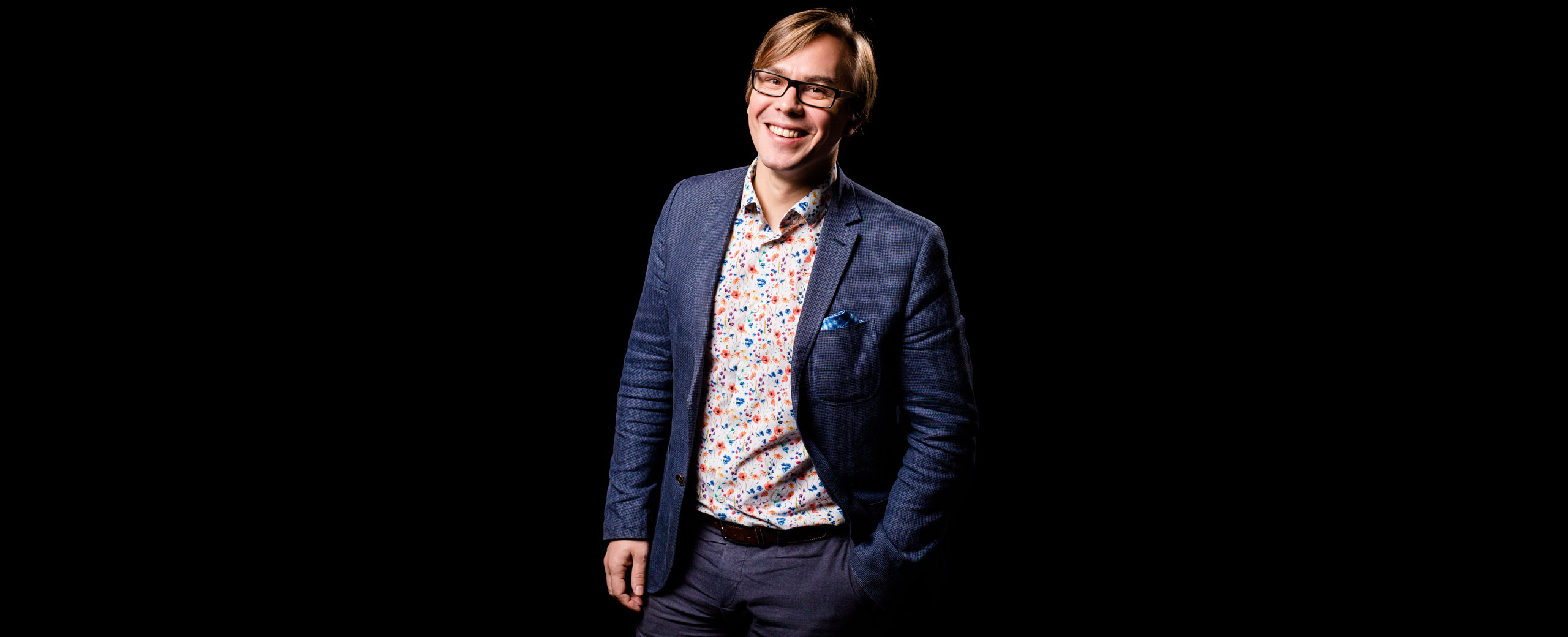
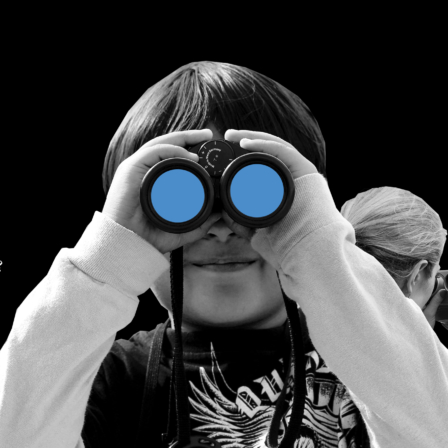
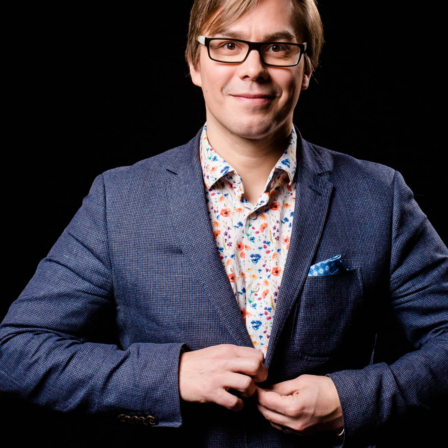



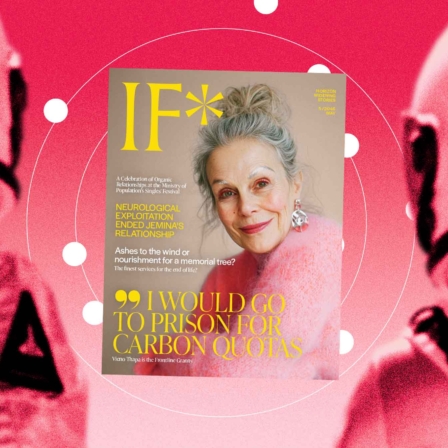
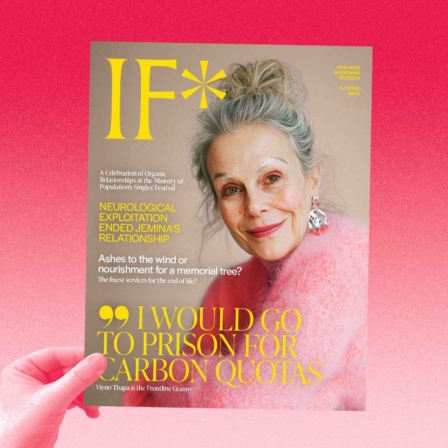
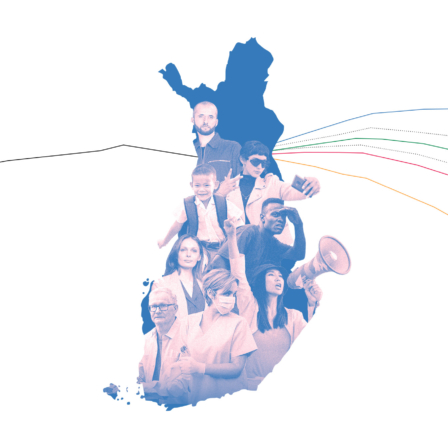
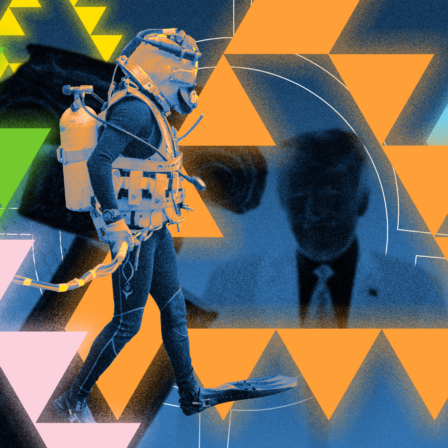
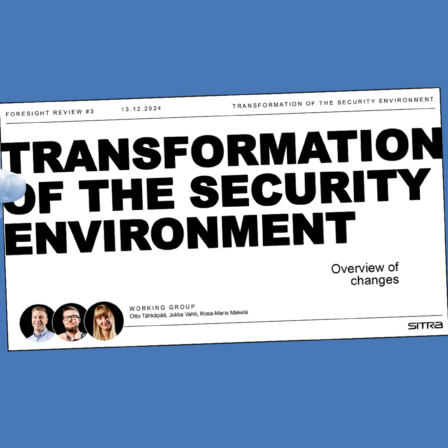
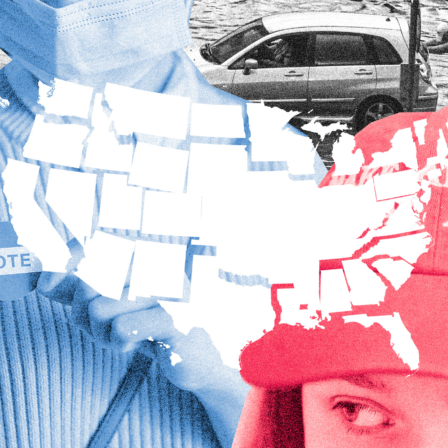




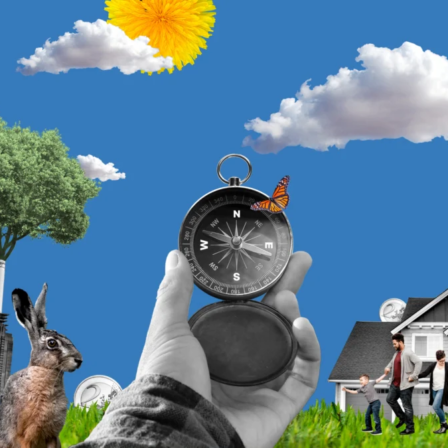
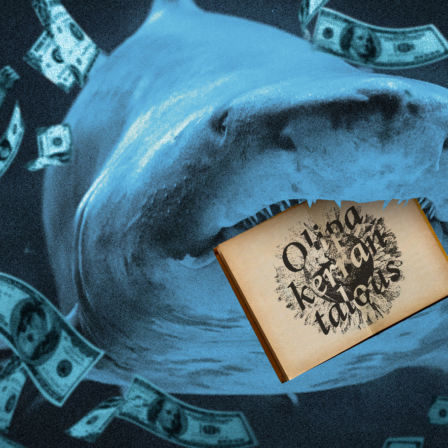
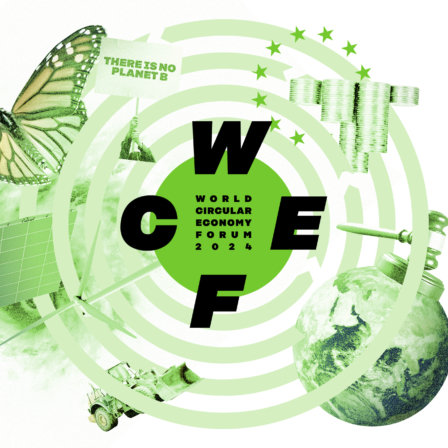
Lue lisää
Näillä eteenpäin.